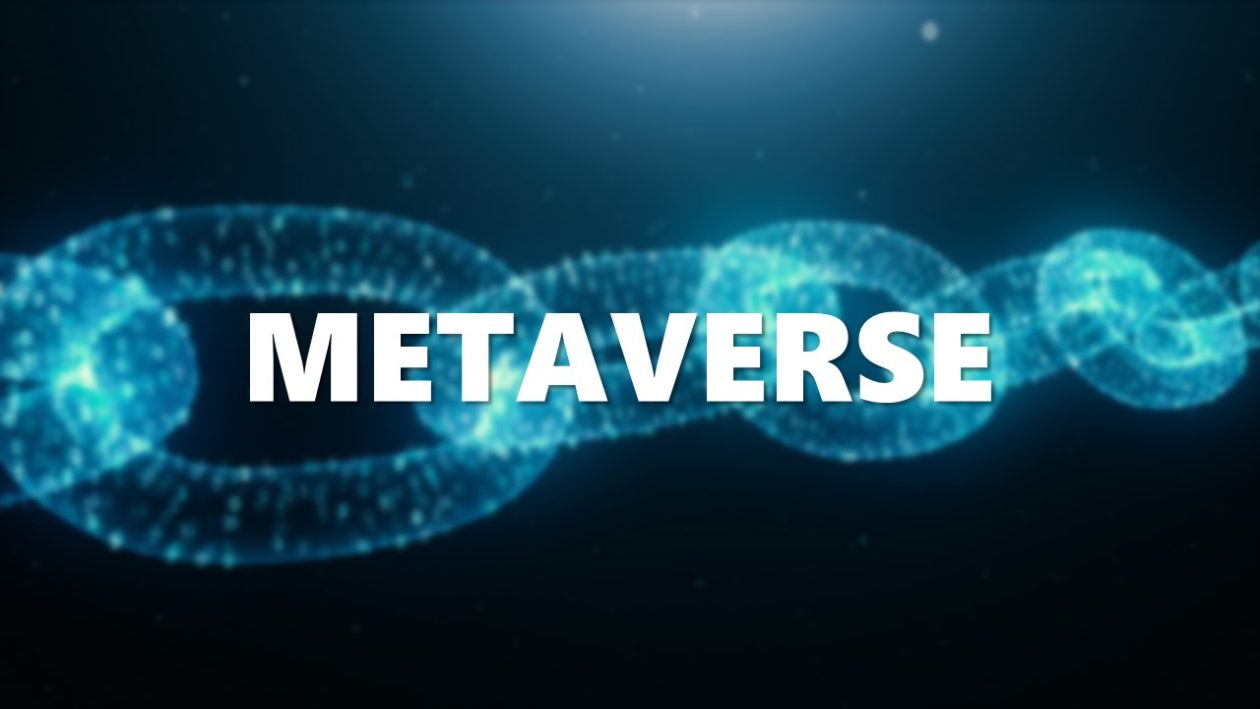“Web3 Gaming: A New Frontier in Play-to-Earn and Decentralized Entertainment
Artikel Terkait Web3 Gaming: A New Frontier in Play-to-Earn and Decentralized Entertainment
- The Rise Of The NFT Profile Picture: Identity, Community, And Digital Ownership
- NFT Flipping: A Comprehensive Guide To Buying Low And Selling High
- The Cornerstone Of The Digital Age: Understanding And Navigating Digital Identity
- NFT Trading Volume: A Comprehensive Overview
- Land Tokenization: Unlocking Liquidity, Transparency, And Accessibility In Real Estate
Table of Content
Video tentang Web3 Gaming: A New Frontier in Play-to-Earn and Decentralized Entertainment
Web3 Gaming: A New Frontier in Play-to-Earn and Decentralized Entertainment

The gaming industry is undergoing a profound transformation, driven by the emergence of Web3 technologies. Web3 gaming, a paradigm shift from traditional gaming models, leverages blockchain, NFTs, and decentralized autonomous organizations (DAOs) to create immersive, player-centric experiences. This article explores the core concepts of Web3 gaming, its potential benefits, challenges, and the evolving landscape of this innovative sector.
Understanding Web3 Gaming
Web3 gaming, at its core, is the integration of blockchain technology into the gaming ecosystem. Unlike traditional games where assets and in-game currencies are controlled by the game developers, Web3 games empower players with true ownership of their digital assets. This ownership is facilitated through non-fungible tokens (NFTs), unique digital assets that can represent in-game items, characters, land, and more.
Key components of Web3 gaming include:
- Blockchain Technology: Blockchain serves as the underlying infrastructure, providing transparency, security, and immutability for in-game transactions and asset ownership.
- Non-Fungible Tokens (NFTs): NFTs represent unique digital assets within the game, allowing players to own, trade, and transfer these assets across different platforms.
- Cryptocurrencies: Cryptocurrencies are used as in-game currencies, enabling players to earn rewards, purchase items, and participate in the game’s economy.
- Decentralized Autonomous Organizations (DAOs): DAOs are community-led organizations that govern the game’s development, rules, and future direction, giving players a voice in the game’s evolution.
- Play-to-Earn (P2E) Mechanics: P2E models reward players with cryptocurrencies or NFTs for their participation and contributions to the game, creating opportunities for earning income while playing.

Benefits of Web3 Gaming
Web3 gaming offers several advantages over traditional gaming models:
- True Ownership of Digital Assets: Players have complete control over their in-game assets, which can be traded, sold, or used across different games and platforms.
- Play-to-Earn Opportunities: Players can earn cryptocurrencies or NFTs by participating in the game, completing quests, or contributing to the game’s ecosystem.
- Enhanced Transparency and Security: Blockchain technology ensures that all transactions and asset ownership are transparent and secure, reducing the risk of fraud or manipulation.
- Community-Driven Development: DAOs empower players to participate in the game’s development and governance, ensuring that the game evolves in a way that benefits the community.
- Interoperability: NFTs and cryptocurrencies can be used across different games and platforms, creating a more interconnected and versatile gaming experience.
- New Economic Models: Web3 gaming introduces new economic models that reward players for their time and effort, creating a more sustainable and equitable gaming ecosystem.
- Increased Player Engagement: The combination of ownership, earning potential, and community involvement leads to increased player engagement and loyalty.
- Innovation and Creativity: Web3 technologies enable developers to create new and innovative game mechanics, fostering creativity and experimentation in the gaming industry.


Challenges of Web3 Gaming
Despite its potential, Web3 gaming faces several challenges:
- Complexity and Technical Barriers: Understanding blockchain technology, NFTs, and cryptocurrencies can be daunting for new players, creating a barrier to entry.
- Scalability Issues: Blockchain networks can struggle to handle the high transaction volumes required for popular games, leading to slow transaction times and high fees.
- Security Risks: Smart contracts and blockchain platforms are vulnerable to hacks and exploits, potentially leading to the loss of assets.
- Regulatory Uncertainty: The regulatory landscape for cryptocurrencies and NFTs is still evolving, creating uncertainty for developers and players.
- Environmental Concerns: Some blockchain networks, such as Bitcoin, consume significant amounts of energy, raising environmental concerns.
- Market Volatility: The value of cryptocurrencies and NFTs can be highly volatile, making it difficult for players to predict their earnings.
- Skepticism and Misconceptions: Some gamers are skeptical of Web3 gaming, viewing it as a speculative investment rather than a genuine gaming experience.
- Lack of High-Quality Games: The Web3 gaming space is still relatively new, and there is a lack of high-quality games that can compete with traditional titles.
Examples of Web3 Games
Several Web3 games have gained popularity, showcasing the potential of this technology:
- Axie Infinity: A popular P2E game where players collect, breed, and battle digital creatures called Axies.
- Decentraland: A virtual world where players can buy, sell, and develop land using NFTs.
- The Sandbox: A user-generated content platform where players can create, share, and monetize their own games and assets.
- Illuvium: An open-world RPG game where players collect and battle creatures called Illuvials.
- Splinterlands: A collectible card game where players battle each other using NFTs.
- Alien Worlds: A metaverse where players compete for resources on different planets using NFTs.
The Future of Web3 Gaming
The future of Web3 gaming is promising, with several trends shaping its evolution:
- Improved Scalability Solutions: Layer-2 scaling solutions and alternative blockchain networks are being developed to address scalability issues and reduce transaction fees.
- Enhanced Security Measures: Developers are implementing robust security measures to protect against hacks and exploits, ensuring the safety of player assets.
- Greater Regulatory Clarity: Governments and regulatory bodies are working to establish clear guidelines for cryptocurrencies and NFTs, providing greater certainty for the industry.
- Integration with Traditional Gaming: Web3 elements are being integrated into traditional games, creating hybrid models that combine the best of both worlds.
- Focus on Gameplay and User Experience: Developers are prioritizing gameplay and user experience to attract a wider audience and overcome skepticism.
- Metaverse Integration: Web3 games are becoming increasingly integrated with the metaverse, creating immersive and interconnected virtual worlds.
- Mobile Gaming: Web3 games are expanding to mobile platforms, making them more accessible to a global audience.
- AAA Game Development: Established game studios are entering the Web3 space, developing high-quality AAA games that can compete with traditional titles.
Conclusion
Web3 gaming represents a paradigm shift in the gaming industry, empowering players with true ownership, earning potential, and community involvement. While challenges remain, the potential benefits of Web3 gaming are significant, and the industry is evolving rapidly. As technology improves, regulations become clearer, and more high-quality games are developed, Web3 gaming is poised to revolutionize the way we play and interact with digital worlds. It’s a space to watch closely, as it promises to redefine the future of entertainment and digital ownership.
